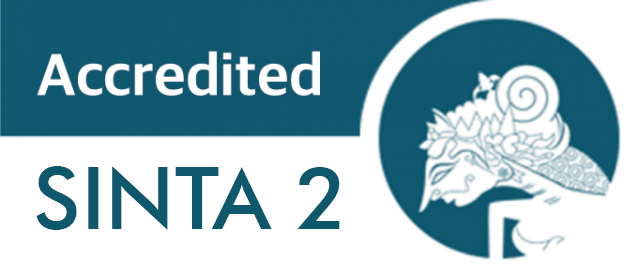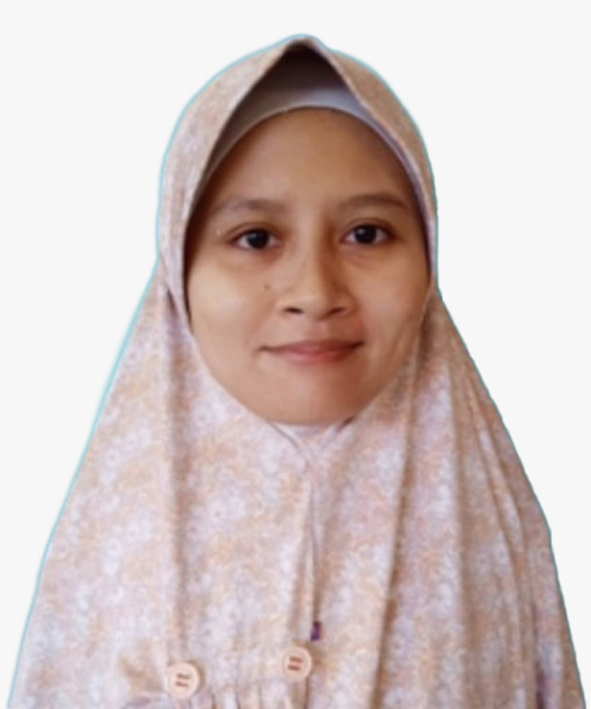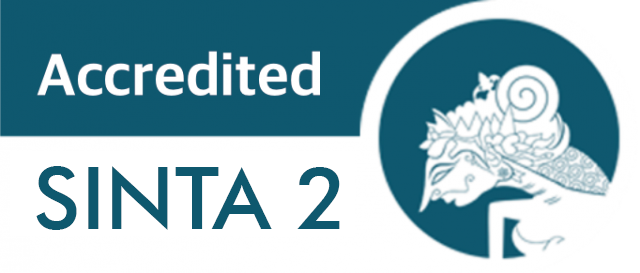Management of Depression in Children With Lupus Erythematosus System
Downloads
ABSTRACT
Depression is a comorbid in patients with Systemic Lupus Erythematus (SLE). Depression can affect up to 60% of adolescents who are comorbid. Depression in adolescents is likely many factors, etiology, psychological burden, chronic disease, effects of long term steroid treatment, social, cultural and genetic factors. Depression is frequently associated with poorer treatment outcomes and poor treatment and health care outcomes in individuals with SLE. In this case, we will discuss the available treatment options.
Keyword: Child Depression, Erythematous Systemic Lupus, Management.
REFERANCE
Fava A, Petri M. Systemic lupus erythematosus: Diagnosis and clinical management. Journal of Autoimmunity. 2019 Jan;96:1–13.
Knight AM, Trupin L, Katz P, Yelin E, Lawson EF. Depression Risk in Young Adults With Juvenile- and Adult-Onset Lupus: Twelve Years of Followup. Arthritis Care Res. 2018 Mar;70(3):475–80.
Levy DM, Kamphuis S. Systemic Lupus Erythematosus in Children and Adolescents. Pediatr Clin North Am. 2012 Apr;59(2):345–64.
Alamanda TP, Taruna A, Rahman YA. Anak Perempuan Berusia 14 Tahun dengan Lupus Eritematosus Sistemik dengan Nefritis dan Hipertensi Grade I. 2020;7.
Kuhn A, Bonsmann G, Anders H-J, Herzer P, Tenbrock K, Schneider M. The Diagnosis and Treatment of Systemic Lupus Erythematosus. Deutsches Aerzteblatt Online [Internet]. 2015 Jun 19 [cited 2020 Sep 25]; Available from: https://www.aerzteblatt.de/10.3238/arztebl.2015.0423
Levy DM, Kamphuis S. Systemic Lupus Erythematosus in Children and Adolescents. Pediatric Clinics of North America. 2019;59(2):345–64.
Donnelly C, Cunningham N, Jones JT, Ji L, Brunner HI, Kashikar-Zuck S. Fatigue and depression predict reduced health-related quality of life in childhood-onset lupus. Lupus. 2018 Jan;27(1):124–33.
Copyright (c) 2021 Risza Subiantoro, Sasanti Yuniar, Endang Warsiki, Lestari Basoeki Soeharjono

This work is licensed under a Creative Commons Attribution-ShareAlike 4.0 International License.
1. Copyright of this journal is possession of the Author, by the knowledge of the Editorial Board and Journal Manager, while the moral right of the publication belongs to the author.
2. The journal allows the author(s) to retain publishing rights without restrictions.
3. The articles are published under a Creative Commons Attribution Share-Alike (CC BY-SA) license. Many research funding bodies prefer the CC BY-SA license because it allows for maximum dissemination and re-use of open access materials. Users are free to share (copy, distribute, and transmit) and remix (adapt) the contribution under this license, including for commercial purposes, as long as they attribute the contribution in the manner specified by the author or licensor.




























